-
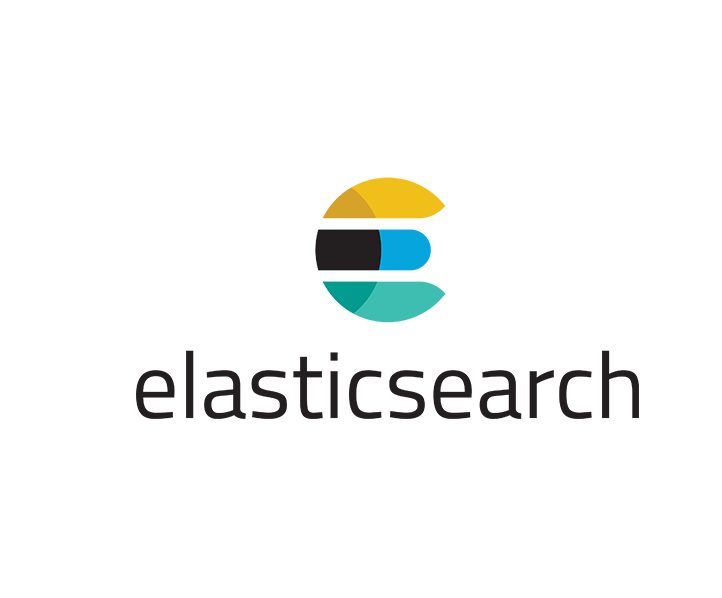
Elasticsearch Elasticsearch is a distributed, open-source search and analytics engine based on the Apache Lucene search library. It's designed to provide fast and scalable search and analysis capabilities for large volumes of data. At its core, Elasticsearch is a document-oriented database that stores data in JSON …
Read More -

Keyphrases are important pieces of information that can be extracted from text documents. These are words or phrases that summarize the main ideas or topics of a text, and they can be useful for a variety of applications, such as document summarization, text classification, and information retrieval. In this blog post, …
Read More -
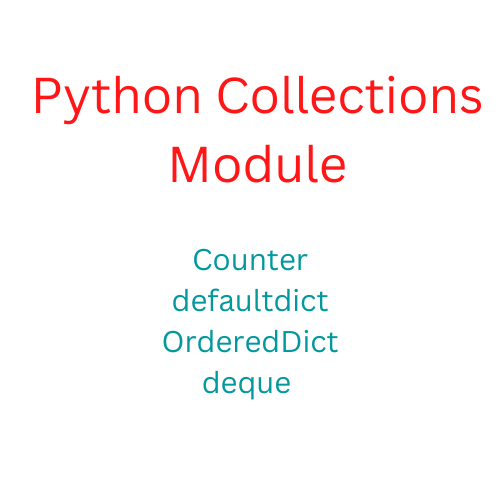
Python's collections module implements specialized container datatypes providing alternatives to Python’s general purpose built-in containers, dict, list, set, and tuple. This module has the following containers: 11. Counter() 22. namedtuple() 33. deque() 44. defaultdict() 55. OrderedDict() 66. UserDict() 77. …
Read More -

Lambda The Lambda function, also known as an anonymous or inline function, is a way to create a function without giving it a name. This can be useful when you need to define a function that will only be used once, or when you want to pass a function as an argument to another function. Here is an example of using a …
Read More -
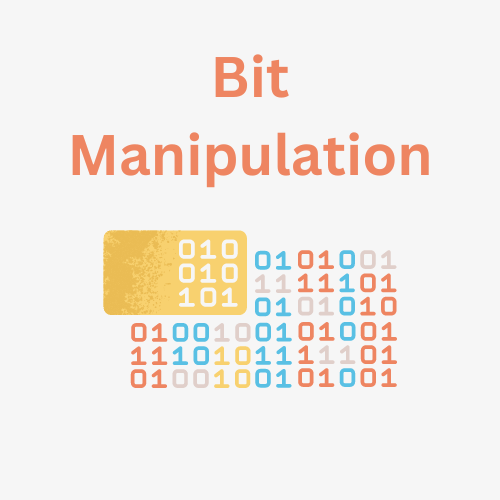
Bit Manipulation Bit manipulation is a technique used in computer science to manipulate data at the level of its binary representation. This can be useful for a variety of tasks, such as low-level optimization, data compression, and cryptography. At its core, bit manipulation involves working with individual bits, …
Read More -

Cleaning text for natural language processing (NLP) tasks is an important step that can help improve the performance of your model. In this blog post, we will discuss some common text cleaning techniques and how to apply them to your text data. The first step in cleaning text for NLP is to remove any noisy or …
Read More -
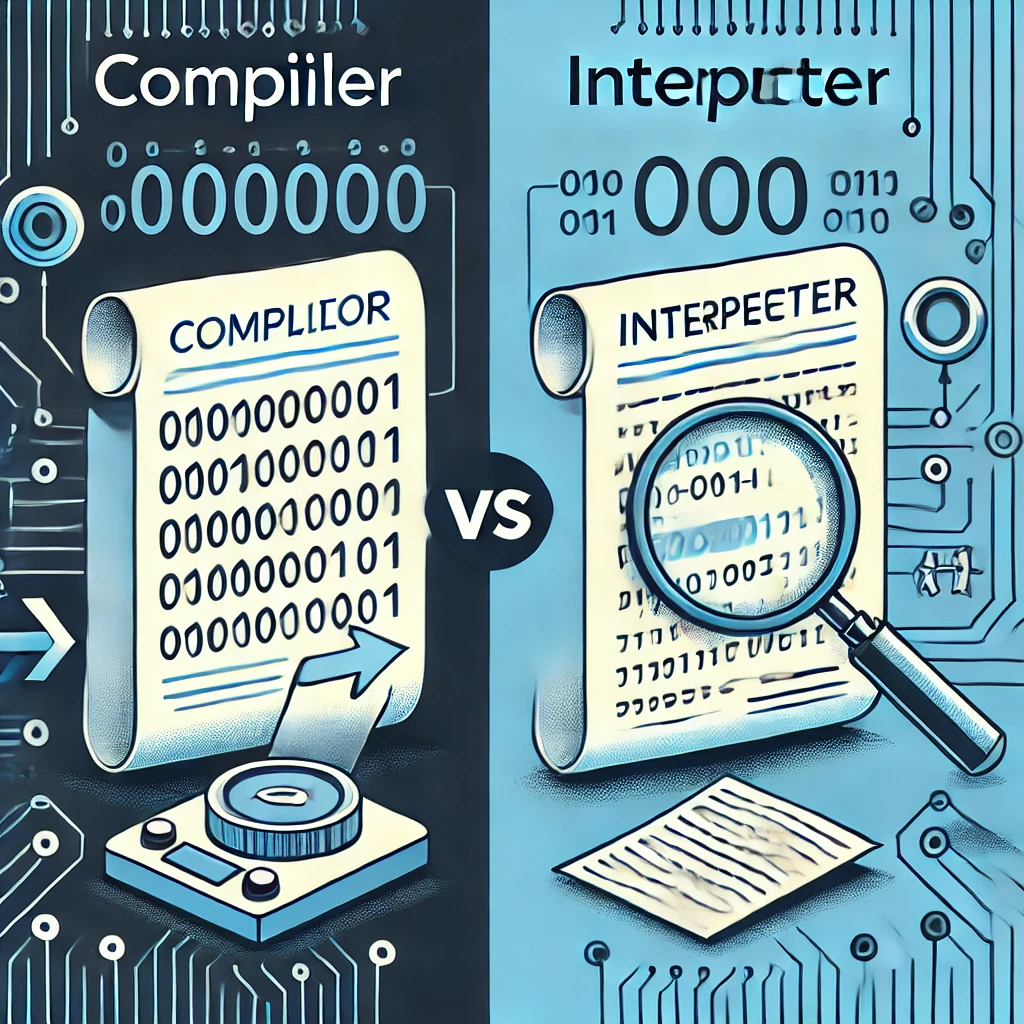
Imagine you’ve written a letter in English, but your friend only speaks Spanish. You’d need someone (or something) to translate it for them, right? In programming, your code is like that letter, and the computer only understands a special language called "machine language" (all 0s and 1s). A compiler and an …
Read More -

Dynamic programming is a method for solving complex problems by breaking them down into smaller subproblems. It is a mathematical optimization technique that is mainly used for solving problems that exhibit the properties of overlapping subproblems and optimal substructure. The basic idea behind dynamic programming is …
Read More -
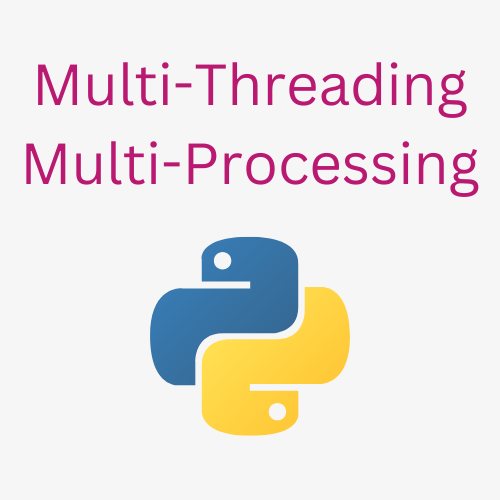
Let's say you've got a big school project to do. You need to write a report, paint a picture, and build a model. Here's how you might tackle the project under different scenarios: Multi-processing This is like having multiple copies of yourself, each working independently on a different part of the project. One of you …
Read More -

Logarithms are mathematical operations that are the inverse of exponentiation. In other words, if we have a base b and an exponent x, the logarithm of the resulting number y to the base b is x. This can be written as log_b(y) = x. For example, the logarithm of 1000 to base 10 is 3, because 10^3 = 1000. Similarly, the …
Read More -
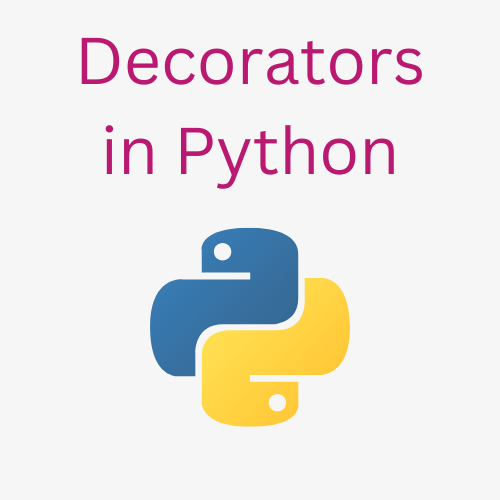
Decorator is a design pattern to extend the functionality of a function without modifying the structure of the original function. Decorators are usually applied to functions using the @decorator syntax, immediately before the function definition. Example of how to use a decorator to extend the functionality of a …
Read More -
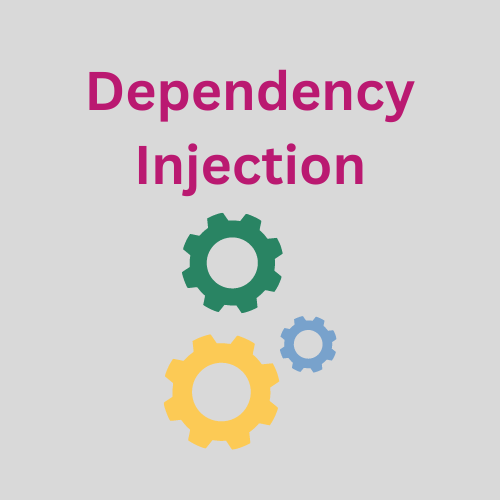
Dependency injection is a design pattern that is widely used in software development to promote good software design and make code more flexible and easier to test. In this blog post, we will take a closer look at what dependency injection is, how it works, and its advantages. What is Dependency Injection? Dependency …
Read More